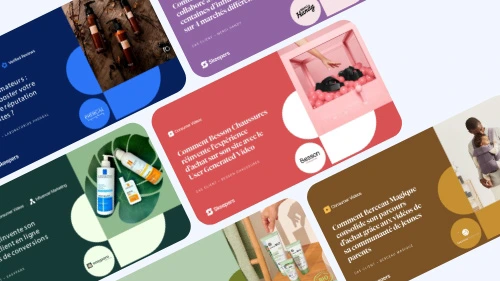Back in 2012, financial observers wondered just how mega U.S. retailer Best Buy could turn around its slumping sales and low-level customer satisfaction scores. Best Buy’s revenues had steadily grown throughout the 90s and 00s while rivals CompUSA, Radio Shack, and Circuit City all filed bankruptcy. The company opened stores in every state and benefitted...
Back in 2012, financial observers wondered just how mega U.S. retailer Best Buy could turn around its slumping sales and low-level customer satisfaction scores. Best Buy’s revenues had steadily grown throughout the 90s and 00s while rivals CompUSA, Radio Shack, and Circuit City all filed bankruptcy. The company opened stores in every state and benefitted from a growing customer base as the competition collapsed.
But, then, the consumer electronics giant started to falter. It lost market share to discount websites like Amazon while gaining a notorious reputation as a company which seemed increasingly out of touch with the needs of its customers. The company was hit by an onslaught of negative press, and many began to write off Best Buy when, in 2012, shares plunged to a 12-year low. According to one critic, “They were just a rudderless ship.” The general consensus was that Best Buy had become the latest home electronics business on the road to bankruptcy.
Fast forward to 2015. In the second quarter of this year, Best Buy reported a gain of 2.5% in online and in-store sales, with an increase in online alone of 17% over last year’s second quarter. The company which had been suffering from billions in lost revenue suddenly found itself earning over a billion in profit, a turnaround some see as “one of the most impressive in the history of retail.”
Rebuilding with Customer Feedback
One of Best Buy’s biggest problems was that its less-than-flattering customer service reputation had come to define the company. So its long climb back to prosperity began with an increased emphasis on paying attention to what customers had to say. Through various strategies, the company set out to build a stronger connection with customers in order to better understand their needs and make necessary adjustments.
- Customer reviews took on greater importance for the company. Customers were rewarded with special points towards future purchases whenever they shared opinions about company products and services. Best Buy, then, used these reviews to take action, for example, making changes to product offerings. And, as an added bonus, customers were able to read the reviews left by others to make more informed purchase decisions.
- Customer feedback surveys provided the company with a clearer overall picture of its customer satisfaction levels. Best Buy implemented a Net Promoter Score metric with which to analyze and fix problems related to customer satisfaction. The company has publicly stated that its customer satisfaction levels have increased since introducing the NPS metric.
- Loyalty reward program data, reflecting both demographic and sales information, provided the company with data-driven insights into how to improve business practices and seize new opportunities. With greater insights into consumer behavior, the company developed a clearer idea of what customers wanted and how to best meet those expectations.
- Voice of the Customer through the Employee, or VOCE, an intranet app, enabled employees to gather customer feedback in real time, which could then be immediately forwarded to the company’s customer’s insights department. Customer feedback reports based on specific categories – merchandising availability, return policies, or more general topics – could be generated on a regular basis.
Best Buy’s Return to Competitiveness
Best Buy’s emphasis on customer feedback-driven change reflects a broader trend in the retail industry where the power dynamic between retailer and consumer have shifted to favor the shopper.
While price-matching strategies and store locations have also played a part in Best Buys reemergence as a retail force, the company’s ability to leverage customer feedback has certainly helped it overcome recent significant hurdles. Customer insight enabled the company to adapt to shifting consumer demands and expectations, saving it from becoming the sinking ship many thought it to be.
The home electronics giant is, once again, a force to be reckoned with. Collection and analysis of customer insights have led to improved customer satisfaction initiatives which, in turn, have rewarded Best Buy with a more optimistic financial forecast. By working hard to understand its customers’ preferences, Best Buy has outperformed industry observer’s expectations. All signs suggest that as long as it continues to embrace and leverage customer insights, the company’s longevity is ensured.












